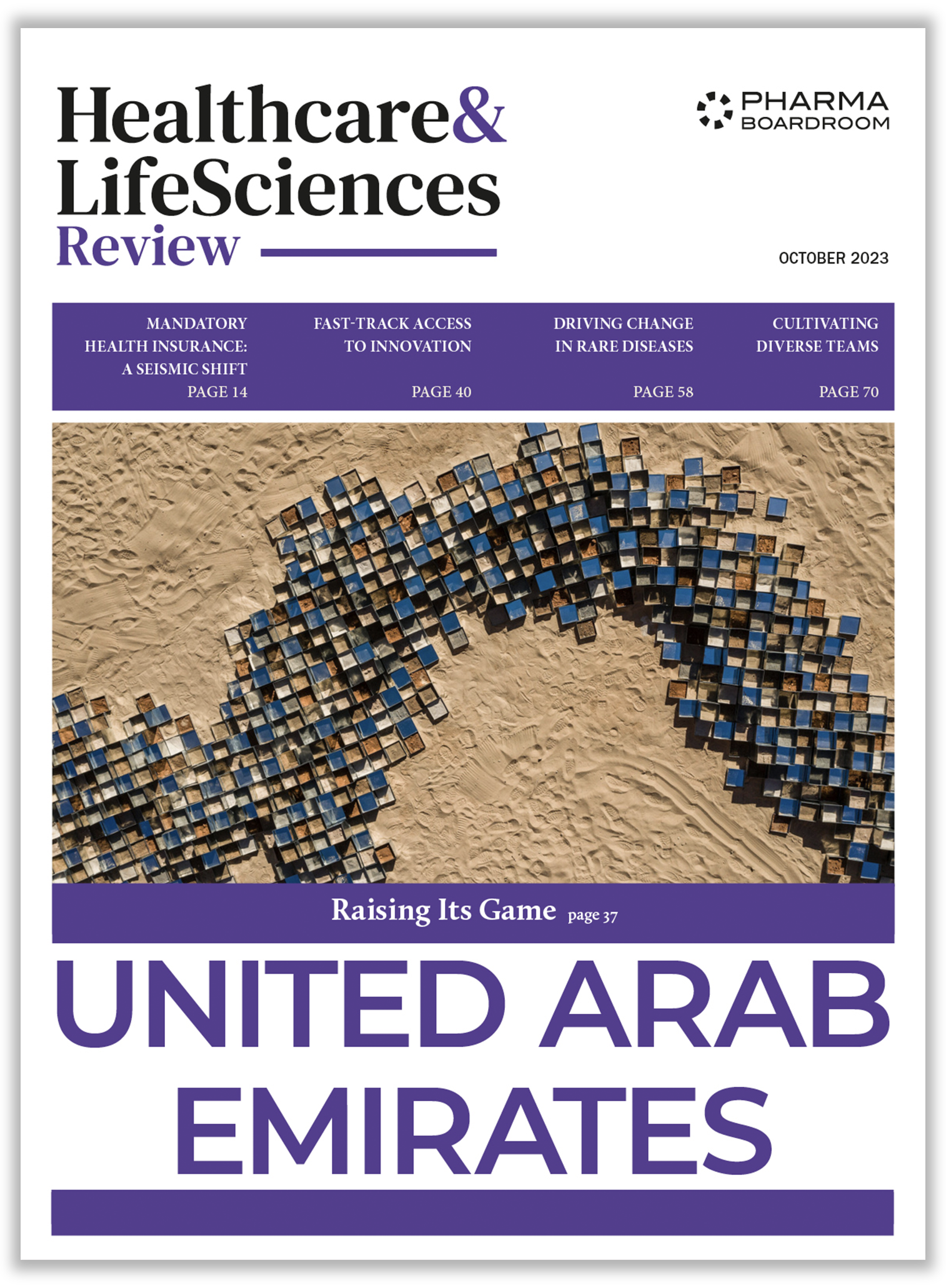Although clinical trial diversity remains high on the agendas of industry sponsors, there is still a long road to travel towards more equitable and representative research – and ultimately safer and more effective medicines. On this theme, writing in the June 2023 edition of the DIA Global Forum magazine, Jorge Gomez of the Center for Genomic and Precision Medicine at Texas A&M University looks at the importance of integrating Latinos into clinical trials in the US.
Health disparity is defined as the unequal burden of disease in a population due to race, ethnicity, gender, education, socioeconomic status, disability, geographic location, sexual orientation, or cultural or religious beliefs. In this article, the term Latino includes individuals that migrated from Mexico, Central, and South America, and from Latino members of the Caribbean population. These individuals have a diverse racial makeup and heterogenous genetic ancestry that must be considered when studying Latino populations at various levels including clinical trial outcomes.
Several outstanding analyses and presentations in various formats outlined the need to integrate Latinos in a variety of research areas instead of aggregating them and treating them as a single and separate/distinct group. The purpose of this article is to emphasize the importance of including Latinos in US national clinical trials and the funding agencies’ responsibility for their inclusion.
Effective Precision Medicine Strategies Depend upon the Population Studied
In the era of precision medicine, it is imperative that we measure the molecular target taking into consideration the population as a whole, as well as the disaggregated subgroups. These include the major groups that represent the whole US population: whites of European descent, African Americans, Latinos, and Asians. It is also worth mentioning that all these groups are internally heterogeneous and there might be biological differences within each group. Any approved drug that reaches the general population is the result of sizable and laborious work from in vitro tests, animal models, and several iterations of clinical trials that end up benefiting the population at large.
Clinical research outcomes fall into well-defined categories: a) no benefit and no toxicity, b) no benefit and toxicity, c) benefit and toxicity, and d) benefit and no toxicity. Regulatory approval is usually based on c) and d), and these groups usually are the larger percentage that present benefit outcomes. The above categories are applicable to all ethnic and racial groups, with some variations among them within each group. Responses to treatment (as well as diagnoses) are the result of the genetic and epigenetic composition of ethnic and racial groups and their intrinsic variability. These responses to treatment are the result of various degrees of genetic modifications of drug-metabolizing enzymes that affect how drugs are processed (via oxidation, hydroxylation, reduction, or hydrolysis, among other reactions) and excreted from the body.
Disparate Populations Often Have Distinctive Mutant Alleles
Several mutant alleles have been identified and shown to be distinct among specific ethnic and racial groups, thus justifying the inclusion of all ethnic groups in all types of clinical trials. Expression of epidermal growth factor and BCR-ABL1 receptors, KRAS, HER2, and many others affect treatment modalities that must be taken into consideration. The above categories have been identified mostly by studying the “nonresponders” with or without toxic effects. Triple-negative breast cancer was identified in a subgroup of African Americans (AA) after it was noticed that a substantial number of AA did not respond to tamoxifen, a standard treatment at the time. Perhaps this would have been unnecessary if AA women had been appropriately represented in the large tamoxifen clinical trials. These large groups—AA, Latinos, and Asians—are grossly underrepresented in the large confirmatory phase 3 clinical trials. These include population-based, biomarker, and various therapeutic modality clinical trials.



